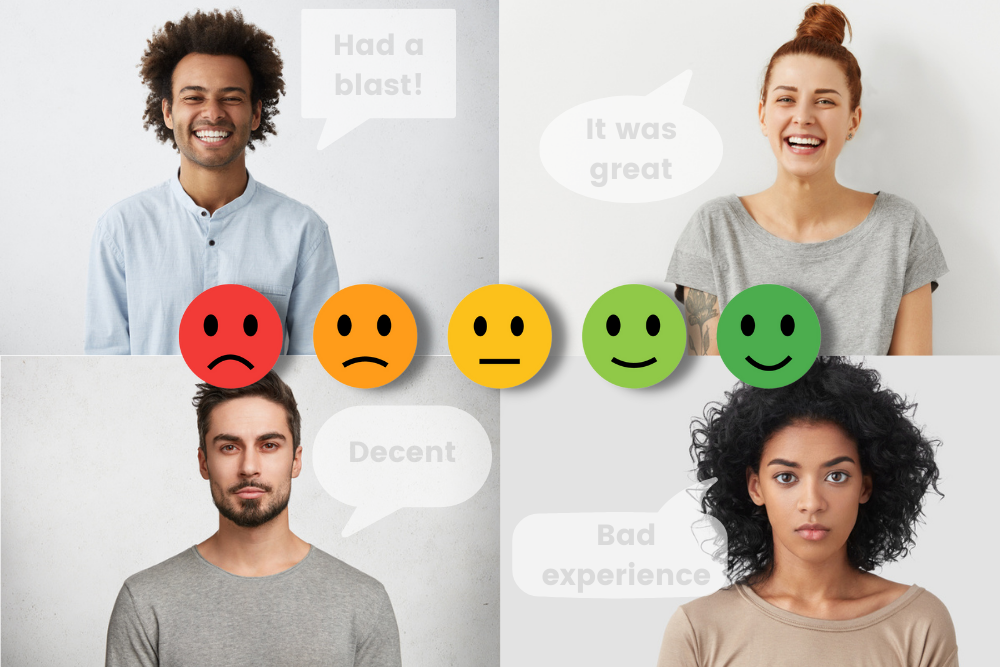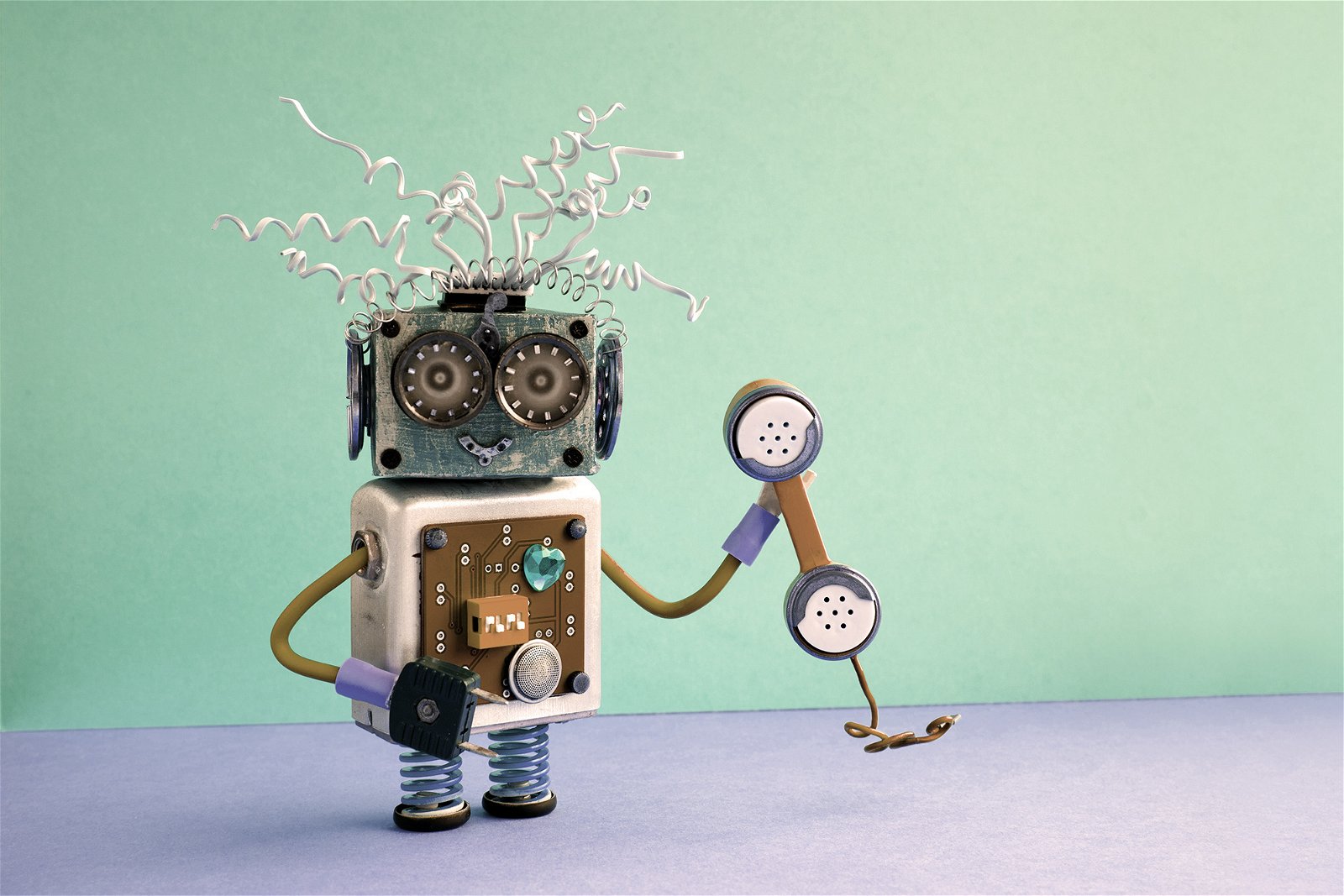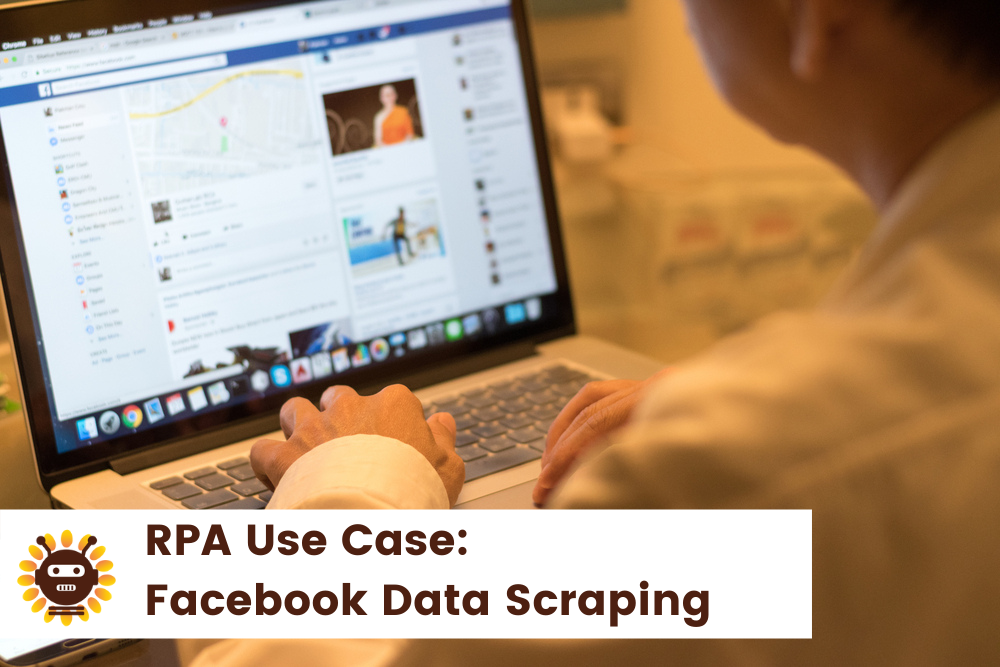Improve Customer Satisfaction with RPA and Sentiment Analysis
The ability of sentiment analysis to show a comprehensive insight into customers’ emotions—subsequently winning their faith and confidence—is the reason sentiment analysis adoption is on the rise with no sign of slowing down. Let’s explore an example.
Problem
A well-known dance competition company hosts many contests across the United States throughout the year. They strive to maintain the same process and compliance at every event, but this can be a major challenge as the competitions aren’t always managed by the same crew. The truth was, they had no idea how they were doing and didn’t know how their events were being perceived by participants and attendees.
So, the company started gathered feedback at every contest. They quickly realized that with so many comments and reviews on various platforms, they did not have the time to analyze each and every one. And even if they did, they did not have a proper process in place to accurately decipher the true feelings of participants and spectators. They needed a change.

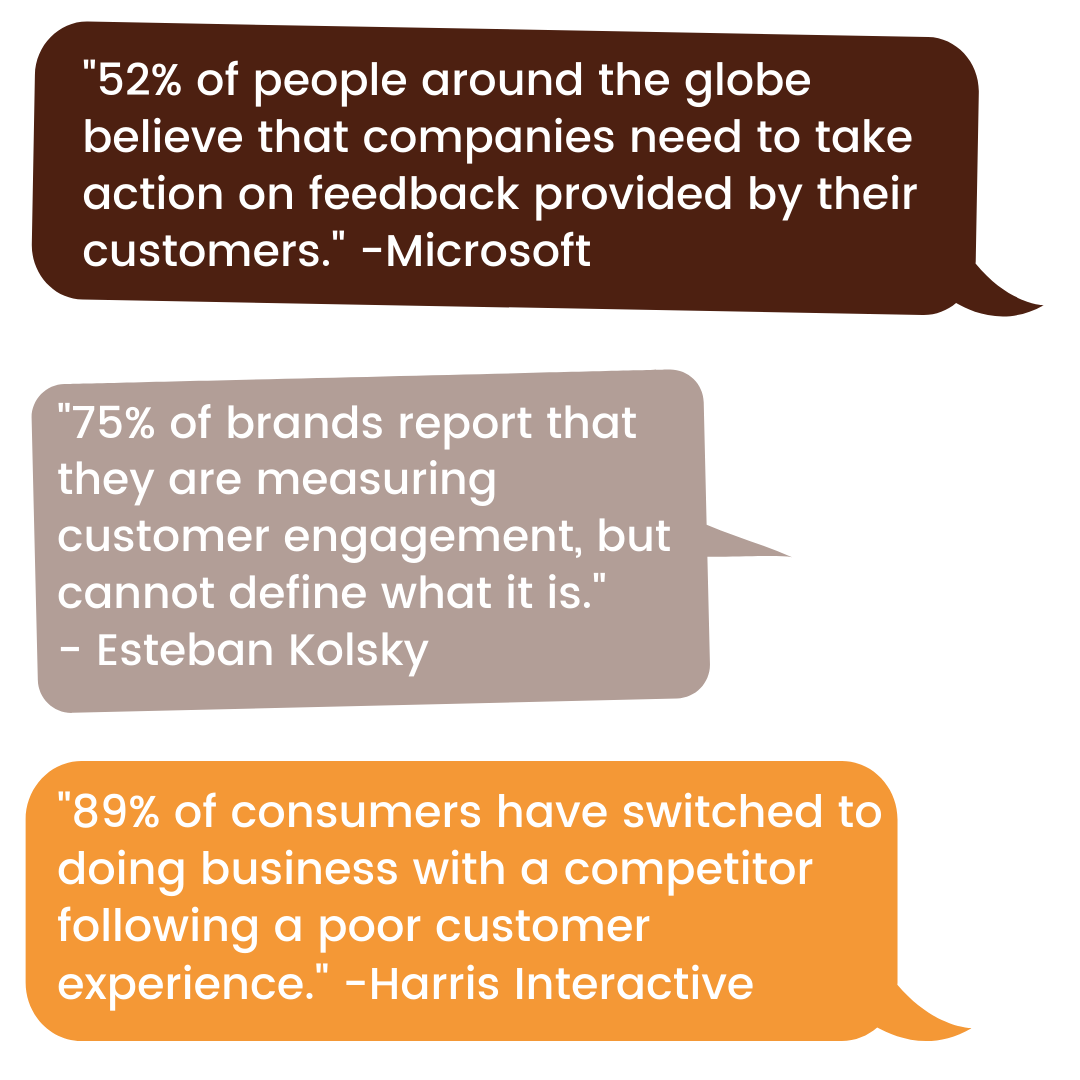
Solution
The company sought new process that would help them to understand the emotion or sentiment behind the feedback without having to manually sift through them one by one. Sentiment analysis is the process of detecting positive or negative sentiment in textual data. It is a useful automation for businesses to monitor the tone behind online conversations and gain a true understanding of the public’s feelings towards their brand. By combining sentiment analysis, also known as opinion mining, with robotic process automation, the dance competition company will have a holistic intelligent automation strategy in place to solve their business problem.
Here’s how it works: RPA will be used to gather textual data from various sources including the dance competition company’s website, social media, surveys, emails, support tickets, and other written feedback. This data will then act as the input for sentiment analysis. The sentiment analysis process works as follows: each individual item of feedback will be mined through to determine the tone based on a set of manually crafted rules using Natural Language Processing (NLP) techniques, machine learning techniques, or a combination of both. The sentiment analysis output is the automatic categorization of each feedback item as “positive,” “negative,” or “neutral,” and/or the feedback is given a quantitative score.
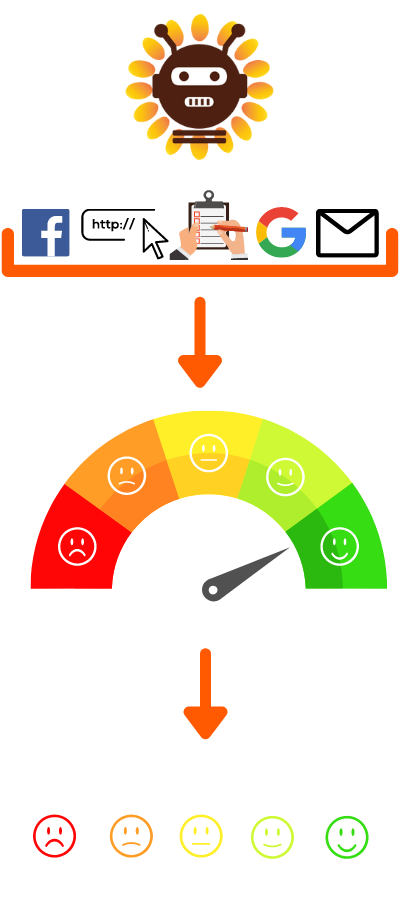
Impact
Thanks to sentiment analysis, the dance competition company was able to discover true emotions and opinions surrounding their events. Automatically analyzing customer feedback allows the company to learn what makes customers happy or frustrated, so that they can tailor operations to meet their customers’ needs. They are quickly able to detect disgruntled customers and respond as soon as possible to make amends at an individual level. They are also able to use negative feedback as fuel to drive change across the organization. For positive feedback, it alerts them as to which aspects of their operations don’t need adjusting. From the customer’s point of view, this process gives them an opportunity to affect real change on an organization, rather than being drown out in a sea of comments and reviews. This helps improve customer experience and overall satisfaction.
By using sentiment analysis, the dance competition company can avoid spending endless hours scrolling through hundreds of reviews and trying to manually distinguish the overall opinion of their customers. Sentiment analysis continues to help the dance competition company manage their brand and keep their participants and attendees happy in an accurate and time-efficient manner.
Conclusion
Industries in all different verticals have now started implementing the use of sentiment analysis to minimize human error, save time, gain valuable knowledge from their customers, and empower their teams to work more effectively. The power of sentiment analysis comes from keeping the customer at the center of the experience. Its ability to show a comprehensive insight into customers’ emotions—subsequently winning their faith and confidence—is the reason sentiment analysis adoption is on the rise with no sign of slowing down.
Other Use Cases of Sentimental Analysis
Improving customer satisfaction is just one way sentiment analysis can be used within business. Sentiment analysis can also be applied to several over aspects of business including market research, crisis prevention, and competitor analysis.
Marketing Campaigns
Being tone deaf to the public’s opinion of your marketing campaign is a recipe for disaster. That is why sentiment analysis is used to reveal feedback from consumers. If the reception is positive, marketers can stay the course. If the reception is negative, marketers can make changes informed by customers’ feedback. This can result in a stronger marketing campaign performance than you ever thought possible, all thanks to sentiment analysis.
Crisis Prevention
Sentiment analysis can be used to detect predefined keywords in real-time from websites, news sources, forums, social media, or anywhere else online that has potential to harm your company. Public relation specialists or brand managers can then be notified of the negative content to swiftly head it off before it snowballs into a bigger issue. The sensitive matter can then be resolved personally and privately.
Competitor Analysis
Keeping an eye on the competition is always a best practice for business. That is why companies utilize sentiment analysis to compare themselves to their professional rivalries. Running sentiment analysis on a competitor’s brand reveals how their actions are being perceived and why. This helps you avoid making the same mistakes your competitors did, capitalize on their pain points, and unveil new opportunities for success.
Get a Free Quote On your Project today!
Your idea is 100% protected by our Non-Disclosure Agreement
Related Posts
10 Types of Power BI Dashboards That Will Revolutionize Your Data Journey!
Explore the different types of Power BI dashboards and learn how to transform your data into smart insights.
Transform Patient Care With Power BI Healthcare Dashboards
Gain valuable insights, make well-informed decisions, and improve overall patient care with the Power BI healthcare dashboard.
Never Miss Out on Important Data Again With a Power BI Manufacturing Dashboard
Maximize efficiency & visibility with a Power BI manufacturing dashboard. Track key metrics & make data-driven decisions in real time.
You might also like
Stay ahead in tech with Sunflower Lab’s curated blogs, sorted by technology type. From AI to Digital Products, explore cutting-edge developments in our insightful, categorized collection. Dive in and stay informed about the ever-evolving digital landscape with Sunflower Lab.


